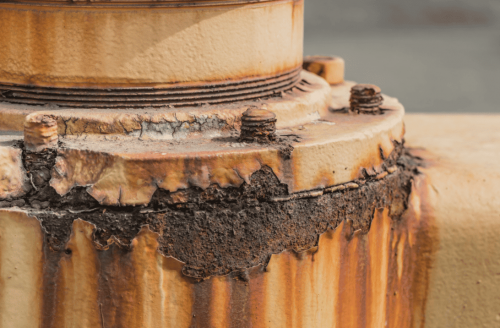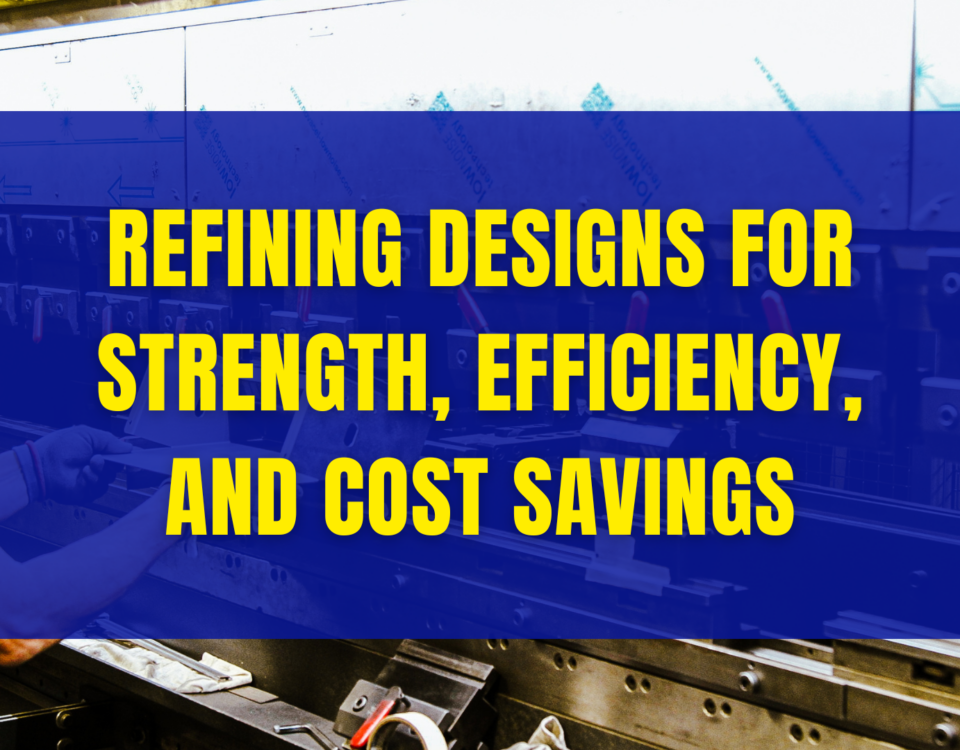
What is Laser Cutting?
May 18, 2021
When Do I Need A Professional Ecoblaster?
June 30, 2021Metal stamping is a complex process that can include a number of metal-forming processes. If you are looking for high-quality, durable products at an affordable cost with a fast turnaround, AMS is here for you.
Metal stamping is a manufacturing process used to convert flat metal sheets into specific shapes. It is a complex process that can include a number of metal forming techniques like blanking, punching, bending, and piercing, for a number of different components. Metal stamping, also referred to as pressing, is a low-cost high-speed manufacturing process that is able to produce a high volume of identical metal components and is suitable for either short or long production runs.
The Basics of Metal Stamping
Stamping involves placing a high-quality flat sheet metal, in either coil or blank form, into a stamping press. While in the press, a tool and die surface form the metal into the desired shape. Punching, blanking, bending, coining, embossing, and flanging are all stamping techniques used to shape the metal based on the design the tooling professionals enter via CAD/CAM engineering technology.
Types of Metal Stamping
There are three major types of metal stamping techniques: progressive, four-slide, and deep draw.
Progressive Die Stamping
Progressive die stamping features a number of stations, each with a unique function. First, the strip metal is fed through a progressive stamping press. The strip unrolls steadily from a coil and into the die press, where each station in the tool then performs a different cut, punch, or bend. The actions of each successive station add to the work of the previous stations, resulting in a completed part.
Fourslide Stamping
Fourslide, or multi-slide, involves horizontal alignment and four different slides – four tools are used simultaneously to shape the piece. This process allows for simultaneous multiple intricate cuts and complex bends to develop even the most complex parts. As material feeds into a four-slide, it is bent in quick succession by each shaft that is equipped with a tool.
Deep Draw Stamping
Deep drawing involves pulling a sheet metal blank into the die through a punch, forming it into a shape. The method is referred to as “deep drawing” when the depth of the drawn part exceeds its diameter. This type of forming is ideal for creating components that need several series of diameters and is a cost-effective alternative to turning processes, which typically require using up more raw materials. Common applications and products made from deep drawing include automotive components, aircraft parts, electronic relays, and even utensils and cookware.
Metal Stamping Advantages
Some of the benefits of stamping include lower die costs, lower secondary costs, and a high level of automation compared to other processes. Metal stamping dies tend to be relatively less expensive to produce and maintain than those used in other common processes. The secondary costs, such as cleaning and plating, are also cheaper than other processes. Stamping machines are relatively easy to automate and can employ high-end computer-control programs that provide greater precision, faster production, and quicker turnaround times.
Why Choose AMS for Your Metal Stamping Needs
Metal stamping is a complex process that can include a number of metal-forming processes. If you are looking for high-quality, durable products at an affordable cost with a fast turnaround, AMS is here for you. Our lead time for the production of a custom component beats all others as we use some of the best machines in the business to produce high-quality parts at a faster rate.
Defects typically occur when proper procedures and best stamping practices are not followed. We have less than a 1% rejection rate, which is unheard of.
Get to Know the Sheet Metal Fabrication Process
By Leslie Radford



